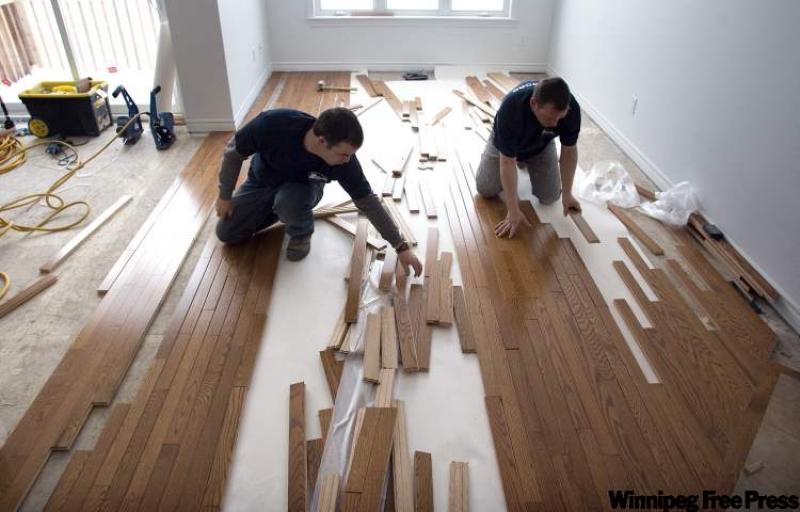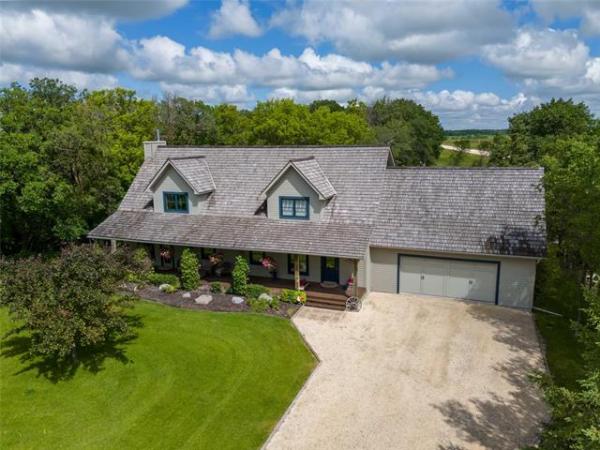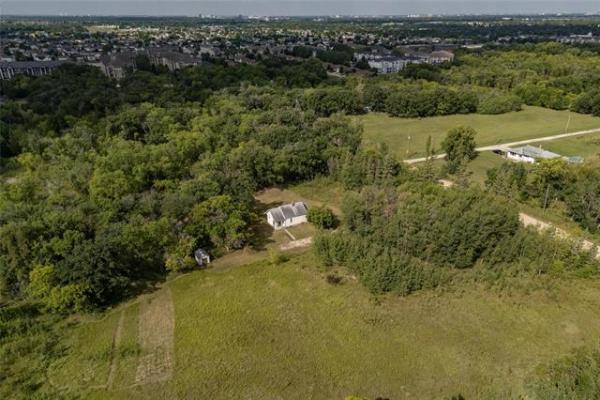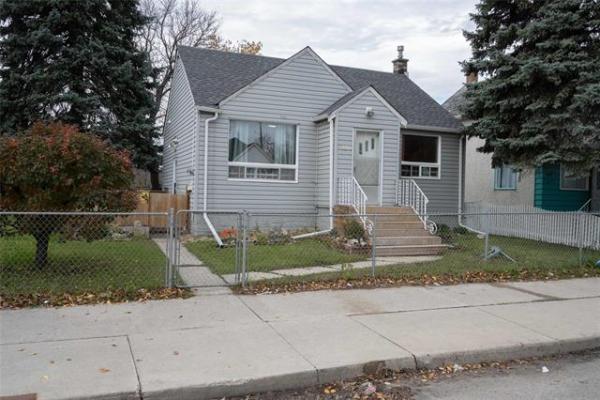QUESTION: I want to get rid of the squeaks in the hardwood floors of my 1950s-era home. Most of the floors can be accessed from above only. I am looking to hire someone to screw or nail through the hardwood boards and fill the holes with dowelling. The hardwood floor runs parallel to the floor joists. The subfloor is made up of individual boards running diagonally across the joists. I can't seem to find any contractors who will do this work. Can you recommend a contractor who would tackle this kind of job? Thanks! -- David Carey
ANSWER: I often tell my clients that there is nothing in a home that money can't fix, but I usually add a corollary to that statement. Many things are not worth the cost of repairing. Your question is about one of those issues that falls into this category.
While many homeowners fall in love with older homes due to the warm wood finishing and character, one of the most common complaints is about older, noisy hardwood floors. While most love the look and convenience of the older wood flooring, the constant squeaks and groans when people walk on the floors can take away some of the lustre.
For decades, there have been attempts by enterprising homeowners and handymen to find a simple solution to these troublesome floors, but they have failed, often miserably, due to the nature of the problem. What most homeowners don't realize is that much of the movement and noise in the older floors is not between the hardwood surface and the subfloor, but between the older subfloor and the joists beneath.
As you have stated, the subflooring below the hardwood is made up of older boards installed diagonally on top of the floor joists. These older boards are typically made of Douglas fir shiplap, which is one of the hardest and strongest of the softwoods.
Unfortunately, these favourable properties also make this wood more susceptible to a higher rate of shrinkage and cracking than other softwoods. While it rarely causes a problem with the structural integrity of the subfloor, it does make the floors quite noisy as gaps appear between the floor joists and shrunken boards above. This movement is compounded by the fact that these older boards were normally secured by older standard nails, which have a tendency to loosen over time as the wood shrinks and the steel nails corrode.
Your suggestion of attempting to secure the flooring from above with nails or screws is not practical for one main reason: The defect in the process is caused by the presence of the second space between the hardwood surface and subflooring. Your method of repair would require drilling through two layers of wood and attempting to secure both at the same time to the joists below.
This would require very long fasteners, which would have to penetrate three very hard types of older wood to properly secure the floor. These fasteners would have to be carefully installed, as even hardened steel screws may have a tendency to shear off or break when installed in this manner. Adding to this is the fact that the hardwood is running parallel to the joists, making repairs from above even more futile and difficult due to the width and direction of the flooring.
Most older hardwood flooring in our area is composed of either red oak or a combination of maple and birch. All of these woods, especially the older maple, are extremely hard. The older subflooring may also be quite brittle, which may cause a significant amount of new cracking and splitting when drilled, nailed or screwed from above. Compounded to this is the great difficulty of pounding or driving new fasteners into 60-year-old fir joists, as attested to by anyone who has tried.
In other words, attempting to pre-drill through extremely hard, often thin and brittle hardwood flooring without damaging it is difficult enough. To also penetrate another thick layer of dry, splintery subflooring and rock-hard joists in one or two motions adds to the challenge. Then you'd have to install hundreds of six- to eight-centimetre screws without cracking the hardwood or shearing off the head of the fastener.
This would be a tremendously tricky project even for the most skilled tradesman, and the fact that you can't find a contractor to do this job tells you that you are taking the wrong approach. Because of the difficulty of repairing your older flooring from above, the labour cost alone would be prohibitive.
It may be a little more labour-intensive to remove and discard the old flooring and replace it, but the effort will provide a superior result. That's because removal of the old, dry, shrunken hardwood will allow for a proper subfloor repair. Once the top layer of floor covering is removed, it will expose the old subfloor, which is the true root of the problem. Pre-drilling and properly securing these old boards is now possible, as much shorter fasteners could be used with greater success. Replacement of individual boards that are badly cracked or deteriorated, or any significantly damaged during re-securing, is now simple.
In the worst-case scenario, if the older subfloor is in very poor condition, large sections of it or the entire thing could be removed and replaced with plywood. This would allow the use of subfloor adhesive as well as hardened flooring screws, making this area truly noise-free.
While I admire your desire to retain the look and charm of the older hardwood flooring in your home, you're out of luck with attempts to repair this without removal. You can either live with the symphony of squeaks that come free with the older flooring, or remove it and replace it after re-securing the old subfloor beneath.
Ari Marantz is the owner of Trained Eye Home Inspection Ltd. and president of the Canadian Association of Home & Property Inspectors-Manitoba (www.cahpi.mb.ca). Questions can be emailed to the address below. Ari can be reached at (204) 291-5358 or check out his website at www.trainedeye.ca.
trainedeye@iname.com




